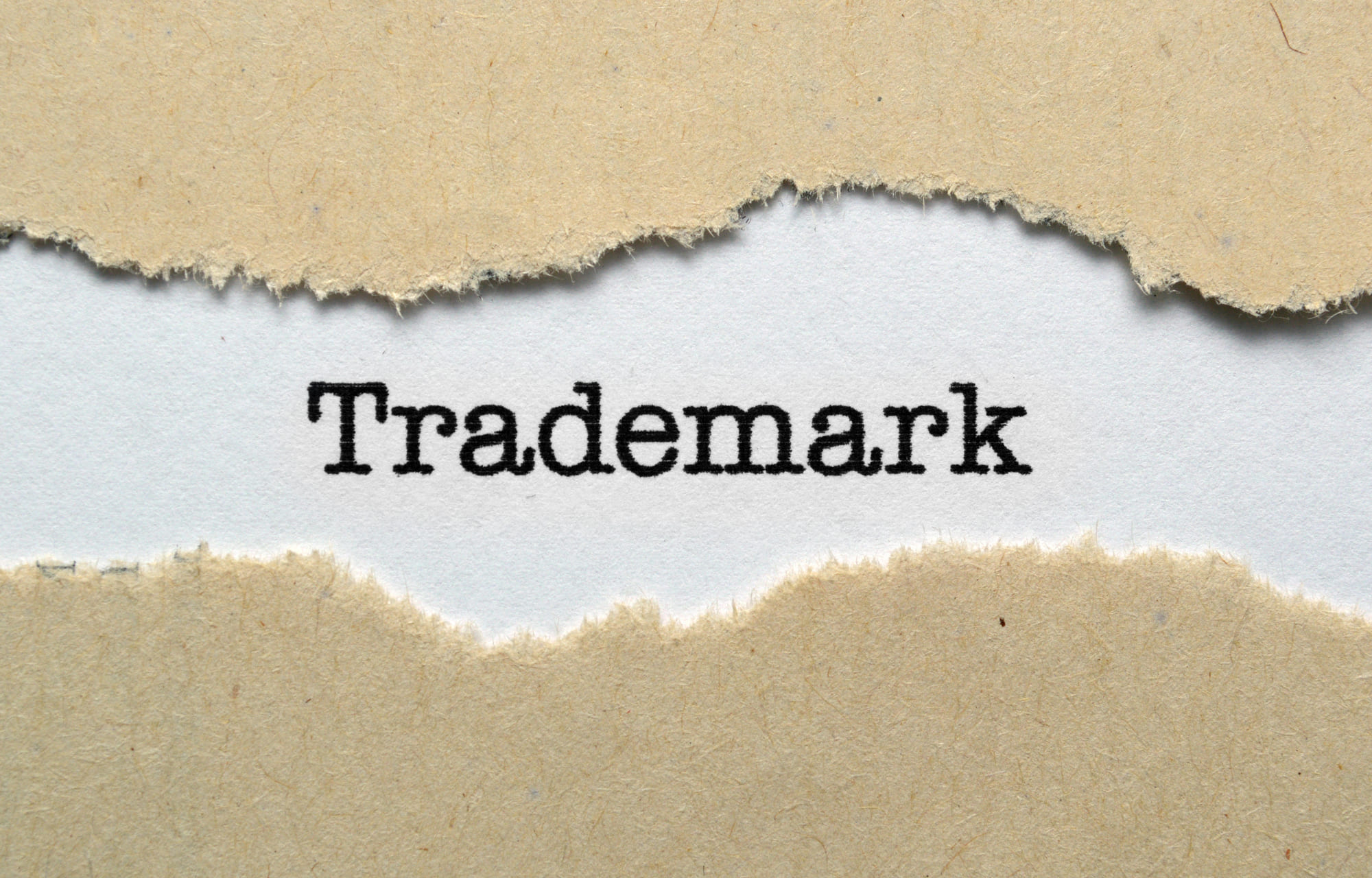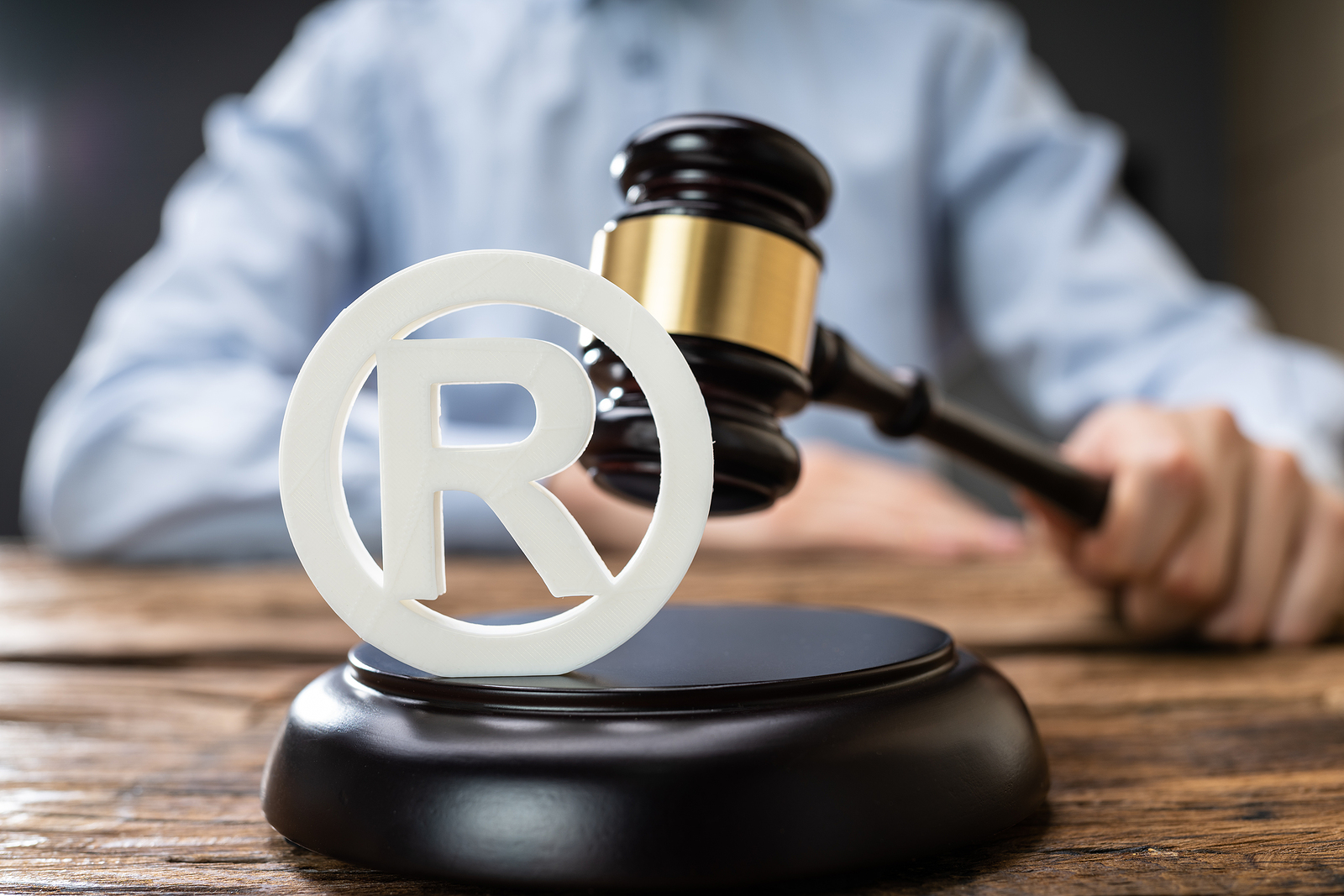For many businesses, their brand is the most valuable thing they own. Beyond all of the tangible assets like building and equipment, and perhaps even beyond the products themselves, the brand is what holds tremendous value in both the present and the future.
If you have been working hard to build a brand that will be recognized and trusted, you need to protect that brand to secure as much value as possible from it moving forward. Controlling your brand from a legal perspective usually involves registering a trademark so that’s the topic we are going to cover in this important post.
What is a Trademark?
A trademark is something that identifies a product or service as having come from a specific source. We all interact with various trademarks each and every day, even if we don’t think much of it. From the car you drive to the things you buy at the grocery store, the commercials you see on TV, and on and on – trademarks are everywhere.
One common point of confusion on the topic of trademarks is the thought that a trademark needs to be a word. While it’s common for brand names to be trademarked, those are far from the only things that are eligible for this distinction. In addition to names, logos can also be trademarked, as well as slogans, shapes, and even sounds.
At the heart of the matter is whether or not something is distinguishable as being associated specifically with a given product or service. If a brand has something that many customers would associate with its offerings, that “thing” – whatever it is – may be eligible for trademarking. In this way, trademark law is able to protect the rights of the consumer by not allowing other organizations to infringe and trick the buyer into thinking they are getting something they are not.
Various Types of Trademarks
We already touched above on the fact that there are different types of trademarks that can be registered in the United States. To make things a bit simpler, some of these marks are broken down into categories. You don’t necessarily need to be an expert on this topic to register one – that’s why you work with a firm like Fisher Stone – but it is helpful to have a basic working knowledge of this topic and how the landscape is shaped.
- Word marks. This is probably what you think of first when considering a trademark. So, for example, the brand name on a pair of shoes would almost certainly be a trademark, and that name is recognized by many customers as being associated with a certain type of shoes. These types of marks can not only protect the use of a brand name, but also a slogan. If you can think of a popular marketing slogan for a large company, it’s a safe bet that the slogan has been trademarked by their legal department.
- Design marks. Trademarking a design like a logo can be just as important as a brand name. To continue to example from above, a shoe brand might have its logo trademarked as a design. In the same way as a brand name, the logo will form a connection in the mind of the consumer, so it can’t be copied by another brand hoping to benefit from the reputation of the first.
- Composite marks. As the name would suggest, a composite mark is simply a trademark that blends both text and design elements into a single package.
The Value of Securing a Trademark for Your Brand
Why go through the fuss of dealing with trademark registration? There is so much to gain from this process, and given the relatively modest cost of getting a trademark, it will be more than worth it in the end.
First and foremost is the value of protecting your brand in the marketplace. It is hard to build a brand that people both know and trust – so you don’t want anyone being able to take away from that brand reputation. For instance, if another company produced low-quality products with a logo that looked just like yours, and consumers were disappointed in the quality and thought you were to blame, your brand could take a hit. There should be no confusion in the mind of a consumer that the product they purchase actually came from your company.
Also, registering a trademark helps you maximize the value you get from the mark by not allowing anyone else to dilute it. Even if that competitor made quality products that didn’t take away from your good name, they would still be profiting off of your hard work and brand equity. Those are profits that you should have earned, instead. A registered trademark is legal protection of what you have built and gives you recourse if someone infringes on your rights.
Understanding the Process
What is trademark registration, and how does it work? Fortunately, the process isn’t as complicated as you might expect, especially when you work with an experienced partner.
To get started, you’ll usually need to go through a consultation process with your chosen partner to make sure you are likely eligible for a trademark and that this is the right move for your business. Then, some research will be done to make sure no existing trademarks overlap with your planned application, and the probability of success will be determined.
If you decide to move forward from there, your attorney can formally file the federal application for a trademark with all of the relevant and necessary details. There may be some follow-up needed with the trademark office to keep things moving and clarify any points that need to be hammered out. With any luck, in just a few months, you can have your trademark in place and some much-needed legal protection will be in hand.
Avoid These Common Mistakes
For the most part, registering – and maintaining – a trademark is pretty simple. There are, however, a few ways it can go wrong. To make sure you have a smooth trademark journey, keep these possible issues in mind and sidestep them from the start.
- Not conducting a thorough search. Perhaps the most important thing you can do at the start of the trademark process is to search the existing database to make sure no one is already using the mark you have in mind, or something similar. In fact, this is a good idea even before you want to register your mark – if you are going to start a new brand or use a new slogan, it’s always wise to search it in the trademark database to see what’s already in place. While the database is relatively accessible for the average business owner, extensive searching is part of what is offered when you work with Fisher Stone on this process.
- Being too generic. It’s going to be difficult to get approved for a trademark if you fail to come up with something distinctive to represent your brand. If the words you use in your brand name are generic and could apply to many different businesses, don’t expect to get an approval in the end. Of course, not only will bringing some creativity to the process help you get approved, but it will also help you stick in the minds of your customers.
Maintain Your Trademark
You might not be aware that getting approved for a trademark is not the end of the journey. In fact, in many ways, this is just the beginning. Once you have been approved, you need to continue to actively use that trademark in commerce or it will eventually be abandoned.
Trademarks are only considered active if they are being used by their registered owners. This prevents people from simply accumulating a long list of trademarks that they don’t intend on using anytime soon. If you want to continue to own a trademark and want it to stay active, you need to make it a point to use it in some form or fashion.
You’ll also need to renew your trademark periodically to keep it active. This is typically done between the fifth and sixth year after the trademark is received, and then every decade moving forward.
Start Today to Protect Your Brand
Plenty of time and effort – and money – go into establishing a brand. Don’t let all of that hard work be taken advantage of by someone else simply because you waited too long to jump into the trademarking process. At Fisher Stone, we have the experience and knowledge necessary to guide you through this process from start to finish. Not only can we answer your trademark questions, we can also take the reins to complete the job while you focus on other things. It all starts with a free consultation, so get in touch now to get started.



